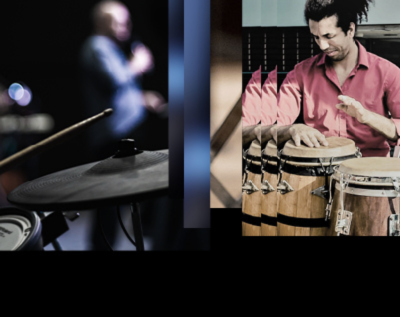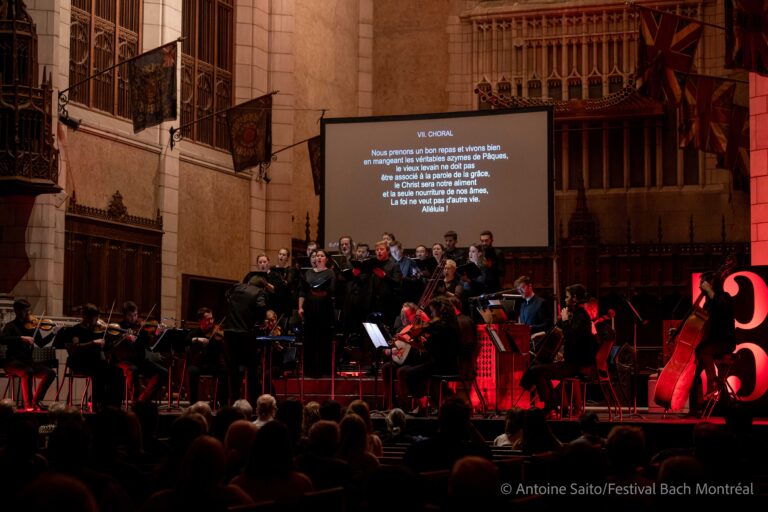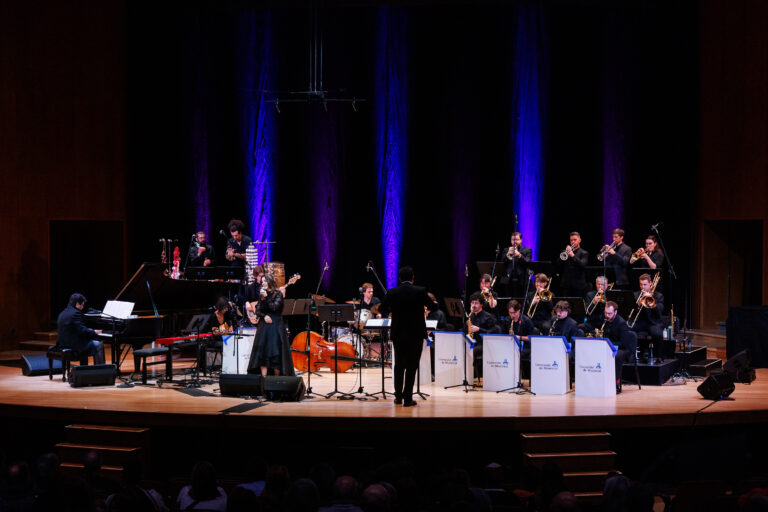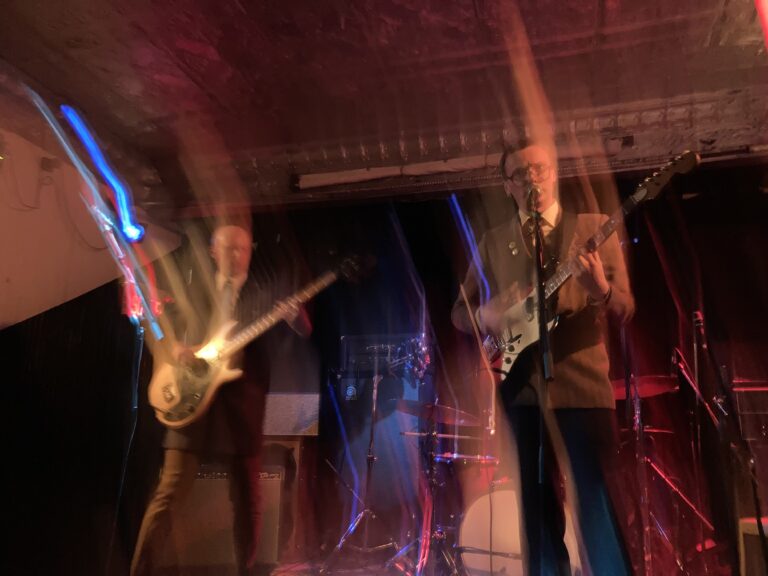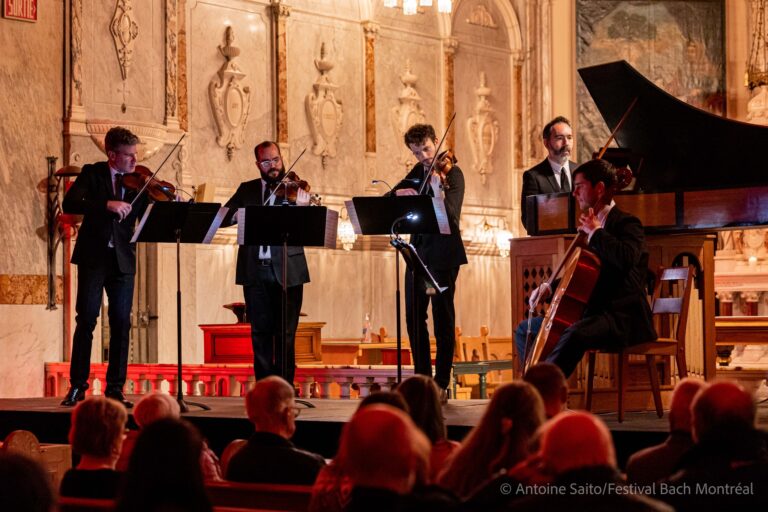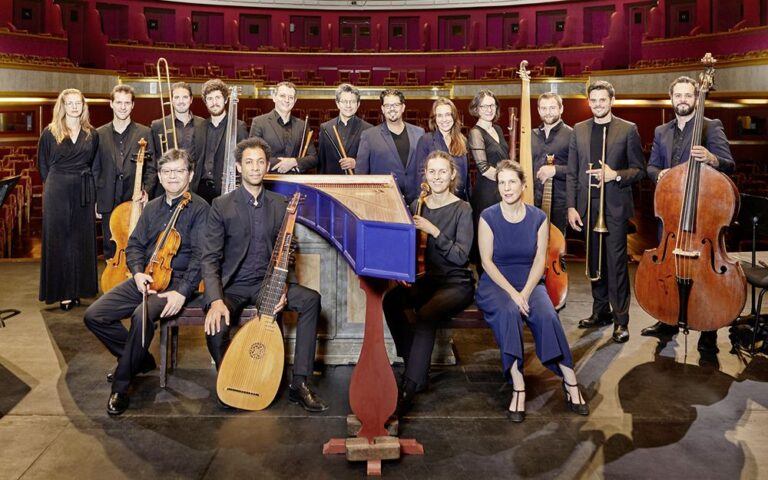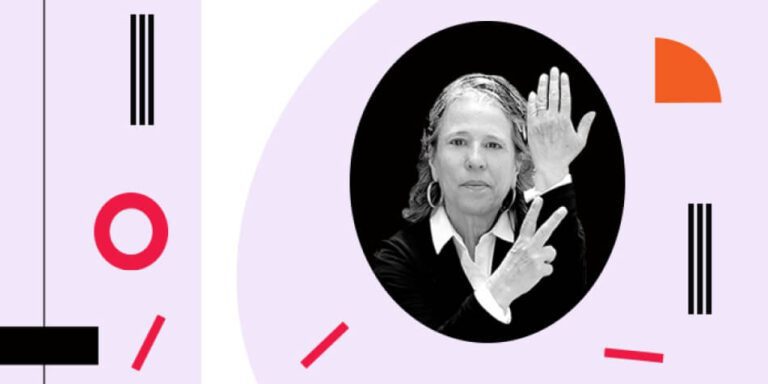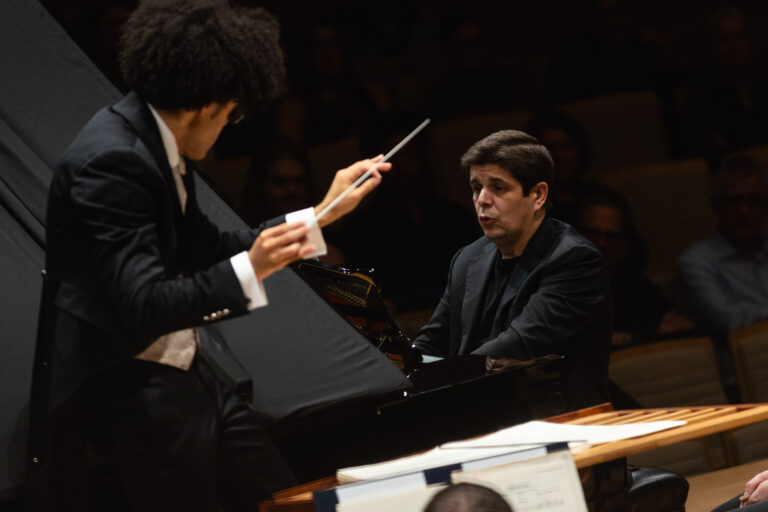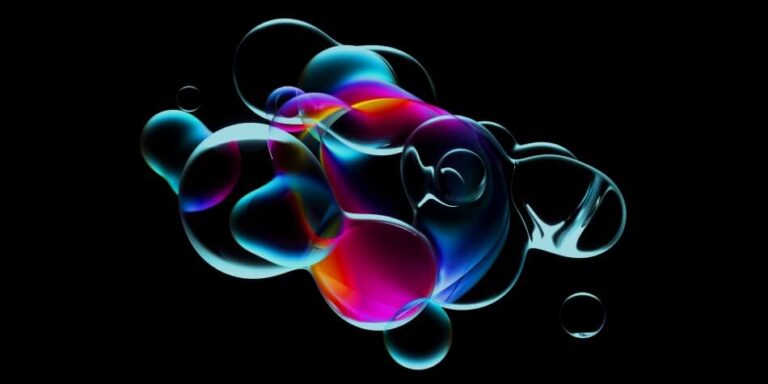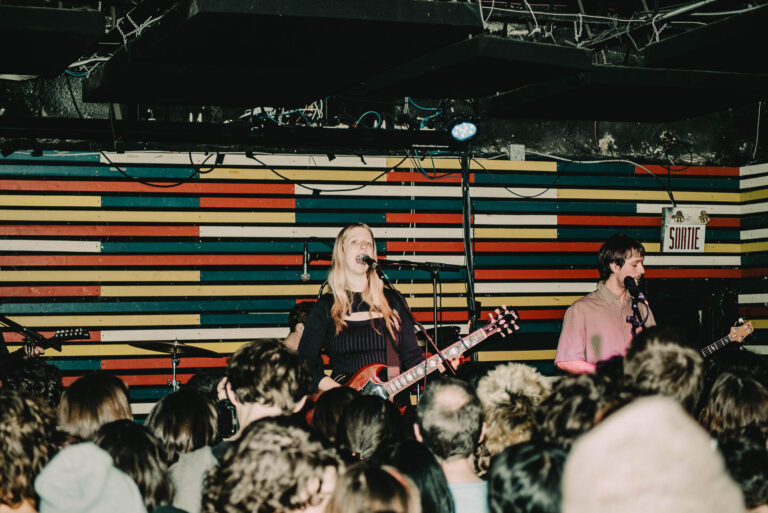At first glance, the program on paper looks astonishing and surprising: a saxophone quartet – an instrument much more often associated with jazz and contemporary music – performing transcriptions of works by Johann Sebastian Bach, interspersed with pieces composed between the 20th and 21st centuries, and ending with an emblematic rock “hit” by AC/DC! The members of the Signum saxophone quartet made up of Slovenians Blaž Kemperle (soprano saxophone), Alan Lužar (tenor saxophone) and Italians Jacopo Taddei (alto saxophone) and Guerino Bellarosa (baritone saxophone), offered this audacious artistic proposal to the Bach Festival audience, who had amassed in good numbers at St. George’s Church for a performance full of contrasts and twists and turns.
Diving into the heart of the material, the quartet opened the concert with Bach’s Suite for Orchestra No. 1 in C major, from which they performed the overture, minuet and bourrée with a beautiful play of nuances and an agility that brought out the woody, velvety sound of the instrument to our ears. While the program announced the piece New York Counterpoint by minimalist composer Steve Reich, we were informed by Alan Lužar that, due to technical problems, presumably linked to the tape accompanying the work, it had to be withdrawn from the program at the last minute. This inconvenience did, however, give rise to a fine discovery in the piece Prized Possessions by the young Vietnamese-American composer Viet Cuong, whose second movement “Beggar’s Lace” the quartet performed as a replacement. After the elegance of the orchestral suite, Cuong’s piece was a speedy page with intense playing, full of “dirty notes” supported by a few melodic passages to which a percussive exchange of “slap tongue” gave a biting dynamism.
Another Bach work on the program, the Concerto dans le goût italien, transcribed by Katsuki Tochio, won over the audience. The musicians of Signum demonstrated the intelligence of their playing. Each movement was coherent and expressive in style. The first movement was joyful and sparkling, with constantly renewed melodic phrases. The second showcased the touchingly lyrical playing of Blaž Kemperle and Alan Lužar. The expressive third movement had a particularly trumpet-like character, rendered by the saxophone tones.
After the interval, the quartet performed Albinoni’s famous Adagio in G minor. The character of the saxophone lends the string lines a languorous, plaintive and intense effect, full of melancholy that at times evokes the music of Ennio Morricone. In keeping with his desire to provoke stylistic encounters in which Bach’s presence is reflected in the effects and affects of their works, the final part of the concert was devoted to two excerpts from David Maslanka’s Recitation Book cycle, in which the composer quotes and uses Bach’s chorales as musical material that he deconstructs and reconstructs. The mediation on the chorale “Der du bist drei Eingigkeit”, which opens with a soprano saxophone solo, was profoundly blissful, while the more energetic Fanfare/Variation on “Durch Adams Fall” revealed, through the original material, sounds reminiscent of James Horner. Rounding off their performance, after just over an hour of music in the highly standardized world of 17th-century music, the four colleagues let themselves go with a frenzied rendition of AC/DC’s Thunderstruck; a strong, solid conclusion that reminds us that this is the same musical language used by Leipzig’s Kantor, just expressed differently.
Had it not been for the intelligence of the program, skilfully blending (re)interpretations of Bach’s music with contemporary works, and the musical personalities of the Signum members, ending a concert with such a stylistic departure would have fallen flat and been rightly decried as gauche. But the musicians’ clear artistic proposal and engaging interpretation won over the audience, who thanked them with rockstar applause! In their first appearance in Montreal and Canada, the Signum saxophone quartet certainly made a big impression with their musicality, their profound technical mastery, their ease on stage and in different forms and styles, and their ability to communicate a familiar repertoire in a new light, while accompanying us in the discovery of new musical horizons.
The Bach Festival continues until Saturday, December 2. To see the detailed program, visit the official festival website HERE.
Also check out the Off-Festival Bach program, which offers a series of concerts and free activities every day from November 22 to 29, starting at 12 noon.
Photo credit: Antoine Saito
